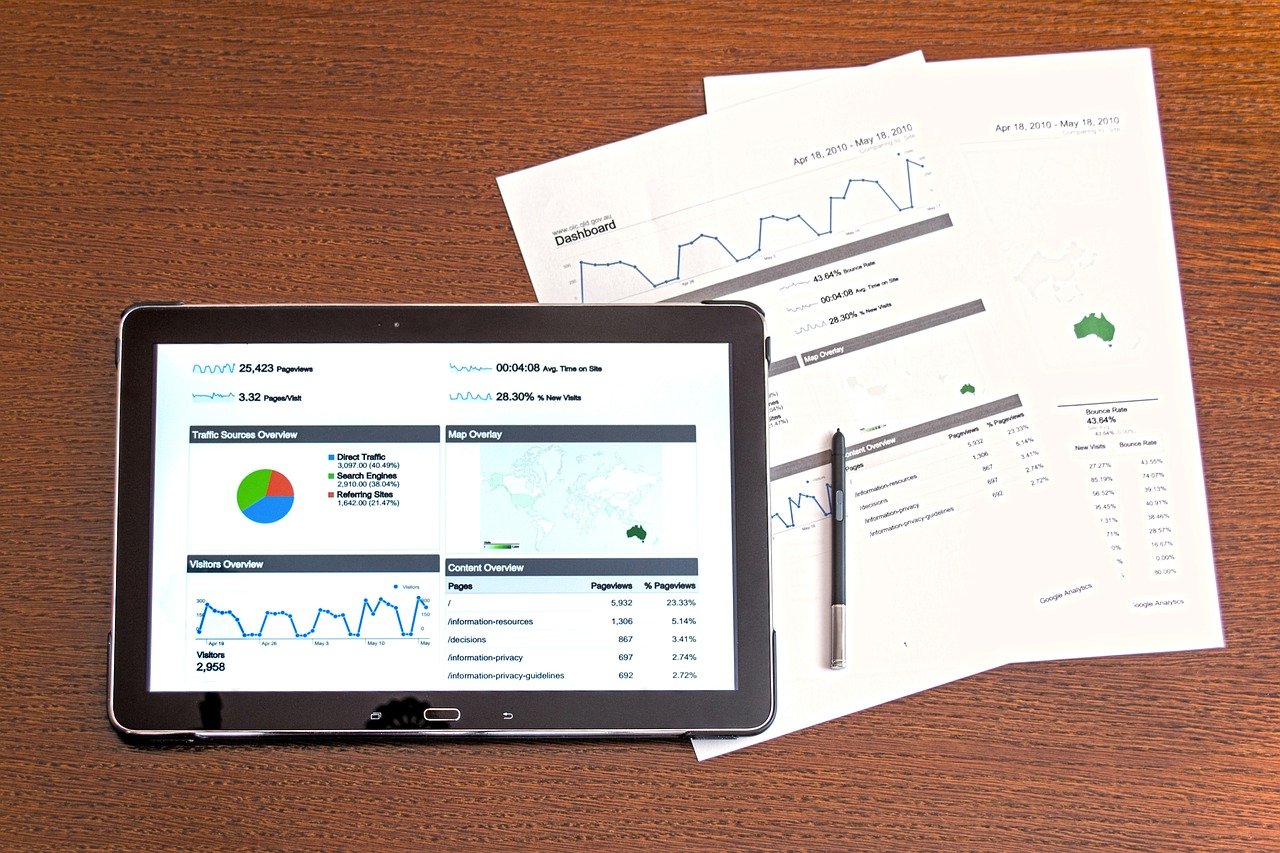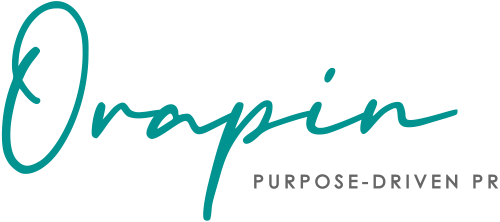
It is notoriously difficult to measure the success of PR campaigns. At its core, PR is a marketing tool and is meant to build awareness, credibility, clout, and positive sentiment, which in return should drive sales or donations, and increase engagement with your organization or cause.
More often than not, PR will be one of many strategies in an organization’s marketing plan. For purpose-driven companies and nonprofits, tracking the success of PR can be a challenging task, especially when you are looking at nebulous metrics such as awareness for a cause or positive sentiment for your organization’s good work.
So how do you tell if your PR efforts are working? How can you tell if your investment of time and budget in PR is worth the effort? And how do you determine if it was the PR campaign, versus other marketing efforts, that drove the results?
A brief history of PR measurement
Back in the dark ages of PR (i.e.15 years ago when us “old fogies” were just starting our careers), we literally used a ruler to measure the column inches of our story placements in print publications. The value of each story placement was determined as equivalent to an ad placement of a similar size. Thus, your feature story in The New York Times was the value equivalent to a full-page ad which would have cost you $35,000! Wow! PR professionals will all agree that this form of measurement was pretty bad, though at the time it was all that we had.
In addition to the equivalent ad value, we tracked the number of PR hits from a given campaign and the potential audience and readership numbers based on circulation. And while the number of PR hits garnered has some value – it does tell you how many editors and publications found the story compelling enough to publish – it doesn’t really tell you whether or not all those eyes on your story converted into clients or supporters for your cause. Knowing the conversion rate of those media hits is really the crux of PR measurement. If you don’t know how the feature article affects your bottom line, then you can never fully understand the true value of the effort.
Thankfully, time marches on and we have much more robust and accurate tools for measuring PR success now that we are in the digital age.
What tools do we have today?
As digital tracking tools become more and more robust, we are able to glean quite a lot of information on the effectiveness of PR campaigns. The best part? Most of the digital tracking tools we review are free and provide quite a bit of valuable information. Of course, there are also paid tracking tools but don’t fret if you have a tight budget, you can get pretty far with the free options.
There are many, many metrics that PR professionals track these days and an exhaustive list would require a short novel. If you are just beginning to track metrics with regard to your PR efforts, these are a few of the free tools and metrics we find most useful to measure PR success:
1. Google Analytics: We love Google Analytics because it provides a wealth of information on who is visiting your website, what they are doing there, and how they got there. Here are a few of the key items to review on your Google Analytics account:
- Website sessions – This number is the total number of individuals who visited your site over a given period of time. This metric can help paint the picture of how engagement and interest in your organization are growing. Bumps in traffic can be directly attributed to outreach campaigns, so look at how this stat correlates with your media placements.
- Media referral sessions – This metric indicates where a user came from to visit your website. In other words, this metric will indicate if they clicked on a link found on a partner website or article in order to get to your site. This metric shows a direct correlation between your press coverage and website traffic, assuming the article included a backlink to your site.
- Percentage of traffic from media referrals – This number indicates what percent of your total website traffic came from referring websites and again can provide a direct correlation between press coverage and website traffic.
- Organic search – Organic search numbers represent the folks who typed your organization’s name directly into the search engine. This number can help define the growth of that tricky “awareness” metric. You may not know where these individuals learned about your organization, but you can tie upticks in organic search traffic to media coverage by correlating dates of coverage, or increased traffic over time.
2. Social Media Analytics: Comments, likes, and shares are all excellent metrics to let you know if your message is resonating. Each social media platform has a robust set of tracking tools. Always post your press hits on social media and track how your audience engages with them. Equally important, when a media outlet posts an article about you on their social media pages, track how their audience is engaging with the post as well. Look at how many people share the article, and the tone of the comments on the post.
3. Share of Voice: How much coverage are you getting compared to your peers or similar organizations? Track the number of media mentions you receive compared to others to know if your PR campaigns are successful, or if you have work to do to make sure you are top of mind in the media and receiving the press coverage you deserve. If the clinical psychologist at a competing behavioral health practice is constantly being interviewed by the media and yours is not, then you know you have some work to do on the PR front. This simplest (and free) way to track mentions is by setting up Google Alerts for your organization and for each of your competitors or peers.
4. Domain Authority: Domain authority is a measure of a website’s search ranking and quality. It is important to track your own website’s domain authority as this number can and will change over time depending on a variety of factors including organic search requests and backlinks. As both of these items are directly related to your PR efforts, domain authority is a valuable tool for measuring PR success. Domain authority is also an important tool for tracking the quality of your media hits as a feature story on a site with a high domain authority with a backlink to your site creates a positive impact on your website’s SEO. Domain authority can be tracked via Moz.com’s free tool; simply type your web address into the search to see your current results.
How do you know if PR is working?
We always recommend keeping track of the number of PR hits, and their respective audience numbers, as a baseline form of measurement. However, the quality of the hits is generally more important than the quantity. Tracking which of those media placements resulted in click-throughs to your website, how long those people then spent on your site, what they did there, and if their time on your site converted into any type of measurable action such as a donation or newsletter signup, is really the critical piece in determining the success of the PR campaign. This is how you can measure those nebulous metrics of awareness, engagement, and interest in your work.
Tracking should not just occur willy-nilly here and there. To fully understand the impact of your PR campaigns, you need to track analytics over months to understand how your PR efforts are moving the dial. PR is a long game, and especially when it comes to organic search, you really won’t see the full picture and impact of your efforts unless you religiously track those metrics month-over-month, year-over-year.
Bringing it all full circle
Tracking your PR efforts is just as important as implementing the PR plan. The goal of PR is to further the reach and impact of your work and your cause. How will you know if you are telling the right stories to the right audiences if you don’t track what people do when they read the stories? How will you explain the value of PR to your executive director if you can’t show how the article you secured resulted in new potential donors? If you land a big story in your local business journal and all of a sudden your Google Analytics shows your referral traffic is on fire, then you know you’ve hit the jackpot. Of course, as a fallback, don’t forget to ask your donors and clients where they heard about you. You never know when they might just say, “Oh, I read an article about you in The Denver Post and was inspired to make a donation/wanted to learn more.”

Diana Crawford is a seasoned public relations consultant with more than 15 years of agency, consulting, and in-house experience. She joined Orapin in 2013 and manages account services and client communications strategy development. She has worked across a variety of industries and has expertise with professional services, food/alcohol, health and wellness, lifestyle, sports, education, tech, and non-profit organizations.
